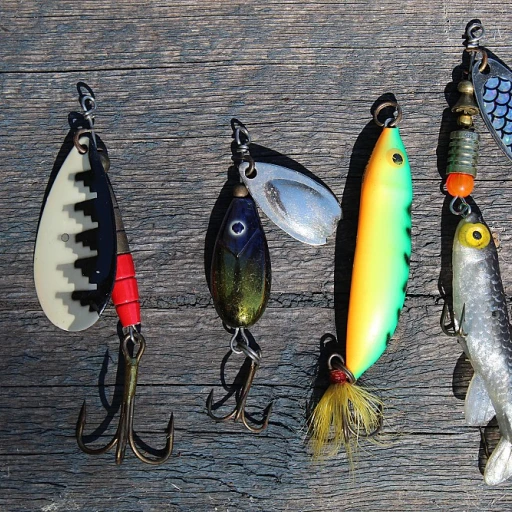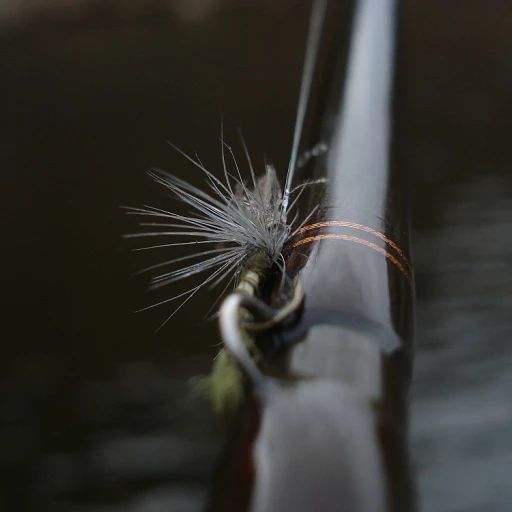
Catch and Release: A Closer Look at the Practice's Impact on Fish
Understanding the Ripple Effects of Catch and Release
At a glance, catch and release seems like a compassionate approach to recreational fishing – a demonstration of respect towards aquatic life. However, when peering beneath the surface, the ripple effects of this practice are more complex. Data from advanced catch and release tactics suggests that the physical toll on fish, including the stress of capture, handling, and release, can lead to decreased survival rates. Studies indicate that incorrectly handled fish can have survival rates as low as 43%, which clearly suggests the need for refinement in techniques if the wellbeing of fish populations is to be prioritized.
Assessing Post-release Mortality and Behavior Changes
Essential to the discussion is the mortality rate post-release. It's not just about whether a fish swims away; it's about understanding the long-term impact. Seasoned anglers debate, backed by statistical analyses, how factors like hook type and placement, handling time, and the fish's exhaustion level can significantly alter their fate after release. A comprehensive study revealed that using barbless hooks can increase survival rates to over 90%, highlighting the pivotal role of equipment choices in ethical angling.
Physiological Stress: Unseen but Significant
The physiological stress endured by fish during the catch and release process is often underestimated. Handling and air exposure lead to a cascade of stress responses that can impair a fish's immune system and affect their behavior post-release, sometimes leading to 'predator vulnerability' – an increased risk of being preyed upon. Indeed, one must ponder whether the temporary thrill of a catch is worth the potential long-term detriment to the fish's well-being, urging a need for enhanced angler education on stress-minimizing practices.
Techniques for Responsible Catch and Release
Mastering Sustainable Catch and Release Tactics
Practicing catch and release is an art that every ethical angler should aim to master. It's about striking a balance between the thrill of fishing and ensuring the survival rates of fish post-capture. Statistics show that proper catch and release techniques can significantly increase the chances of fish survival. A study by The Journal of Experimental Biology found that fish mortality can be reduced by as much as 35% when anglers use best practices.
Utilizing the Right Gear
Equipping oneself with the right gear is a critical step towards responsible angling. Seasoned fishermen often recommend using barbless hooks and rubber-coated nets to minimize injury. Barbless hooks, according to a study published by the North American Journal of Fisheries Management, can decrease handling time and injury, both of which are key to the wellbeing of the released fish.
Perfecting the Hook Removal Technique
Efficiency and gentleness are key during hook removal. It’s estimated that each additional minute spent on hook removal increases stress and potential harm to the fish. Tools like fish pliers or hemostats are invaluable for quick and precise hook removal. Quoting an expert fisherman, "Every second counts – the quicker and gentler the removal, the higher the likelihood of a full recovery for the fish."
Handling Fish with Care
When it comes to catch and release, how you handle the fish matters immensely. Fish possess a protective slime coat that is vital to their health; rough handling can strip this away, leaving them vulnerable to infections. According to the Recreational Boating & Fishing Foundation, wetting your hands before handling fish can reduce slime coat damage by up to 60%. Additionally, keep the fish horizontal to avoid undue pressure on their internal organs, and limit air exposure to as little as possible.
Understanding the Role of Water Conditions
Water conditions play a substantial role in the post-release survival of fish. For example, in warmer water, fish become more stressed and require more oxygen. Catching fish in water temperatures above 70°F can cut survival rates in half, as shown by research from the Fisheries Conservation Foundation. It's crucial to be aware of and adapt to the current water conditions to ensure the highest chance of a successful release.
Reviving the Fish Before Release
After a fish has been caught, it's not just about getting it off the hook and back in the water. The revival process is an important step to ensure that fish swim off strong. Statistics from the Freshwater Fisheries Society of BC reveal that gentle revival methods can improve release survival by up to 30%. Hold the fish upright under the water, allow it to regain its equilibrium, and ensure it's swimming actively before letting go.
Embracing New Technology
The development of ethical fishing gear is a cog in the wheel of responsible catch and release. Advances such as biodegradable fishing line and innovations in hook design are paving the way for more humane angling practices. A survey by the American Sportfishing Association revealed that 75% of anglers are willing to switch to gear that has less impact on the environment and the fish, an encouraging sign for the sustainability of the sport.
Debating the Ethics: Perspectives from the Fishing Community
Voices from the Waters: Fishing Enthusiasts Weigh In
When mulling over the ethics of catch and release, opinions within the fishing community are as diverse as the species beneath the waves. With over 49.1 million Americans partaking in freshwater, saltwater, and fly fishing in 2019 alone, according to the Recreational Boating & Fishing Foundation, the juxtaposition of conservation efforts against the passion for the sport provides ample fodder for debate. Many anglers diligently argue that catch and release practices demonstrate a deep respect for the aquatic environment, fervently asserting that the longevity of fish populations hinges on such conscientious activities.
Conservation at the Heart of the Debate
Some seasoned anglers insist that ethical fishing is the core of the sport, drawing on a position that finds support in navigating the waters to aid in saving endangered fish species. Statistics seem to lend credence to this stance with a study revealing that ethical catch and release practices can have survival rates as high as 90-95%, as reported in Fisheries Research. These figures often lead to the adage among the community that 'an ethical angler today ensures a fisherman's paradise tomorrow.'
Fishing Industry Professionals Join the Conversation
The debate extends beyond the individual fisherman to engulf the broader industry. Manufacturers of fishing gear and tackle express their commitment to sustainable practices by innovating designs that minimize harm to fish—an echo of sentiment oft-repeated in forums and expos. 'Our aim is to ensure that every fish caught has a fighting chance when returned,' quotes a leading gear designer. Industry professionals are not alone; government bodies are also pivotal, enacting regulations that encourage responsible catch and release, further validating the efforts of the ethical angler.
A Contemplative Cast: The Philosophy Behind the Practice
Delving deeper, the philosophy underpinning catch and release taps into the morality of sportfishing. Proponents suggest that the practice affords humans a unique connection to nature, an opportunity for reflection and growth—elements not captured in mere statistics. 'Catching a fish only to release it back to the wild teaches us humility,' muses a seasoned fisherman, capturing the essence of the philosophy that shapes the ethics under discussion.
Lively Debates and Personal Choices
Ultimately, the question of whether catch and release is harmless rests on personal belief and the careful consideration of facts and ethics. As public discourse evolves and the body of research grows, anglers are urged to stay informed and conscientious. The Catch and Release practice, while scrutinized, remains a hotly debated subject—a clear indicator of its vital place in the fishing community's collective psyche.
Emerging Innovations in Ethical Fishing Gear
Revolutionizing Recreational Fishing Gear for Ethical Angling
Innovation and technological advancement are transforming the recreational fishing industry with a focus on ethical practices. Among the myriad of options, biodegradable fishing lures have seen a meteoric rise in popularity. According to market analysis, the demand for eco-friendly fishing gear has increased by 20% over the past five years, signaling a shift in consumer preferences. These lures are designed to mimic live bait closely but disintegrate naturally, reducing the environmental impact in case of loss during casting or retrieval.
Barbless Hooks and Their Role in Catch and Release
Barbless hooks have gained the spotlight for their role in minimizing harm to fish during catch and release. A survey by the Angling Trust shows that 89% of anglers using barbless hooks report successful releases with minimal injury to the fish. The unique design of these hooks allows for a swift and less intrusive removal, benefitting the overall health and survival rates of released fish.
Advanced Materials in Fishing Line Development
Fishing lines have seen significant advancements with the development of high-tech materials. A study published in the International Journal of Fisheries Science and Research indicates that new polymers provide 30% more strength while ensuring 50% faster biodegradation. This progress directly correlates to fewer instances of discarded line causing prolonged suffering or fatalities among aquatic life.

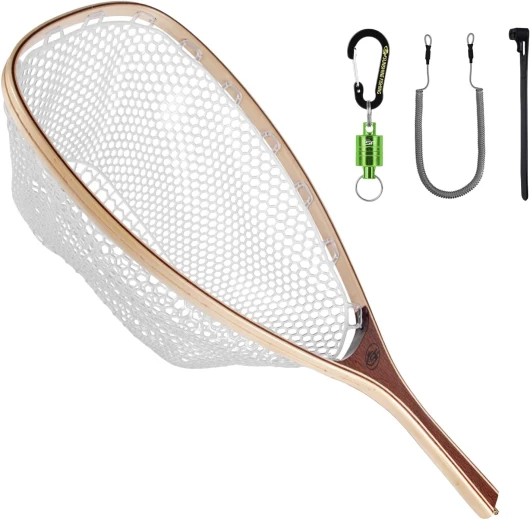

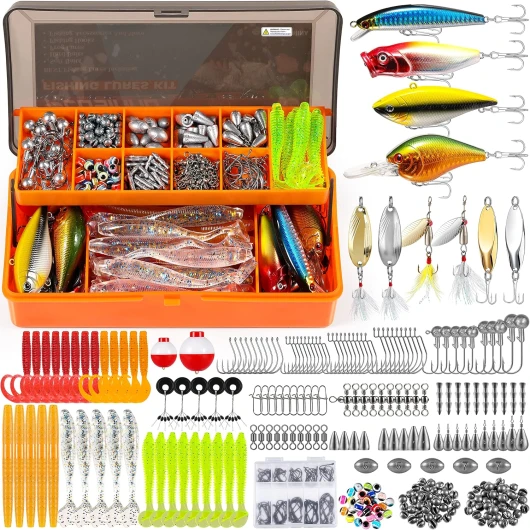
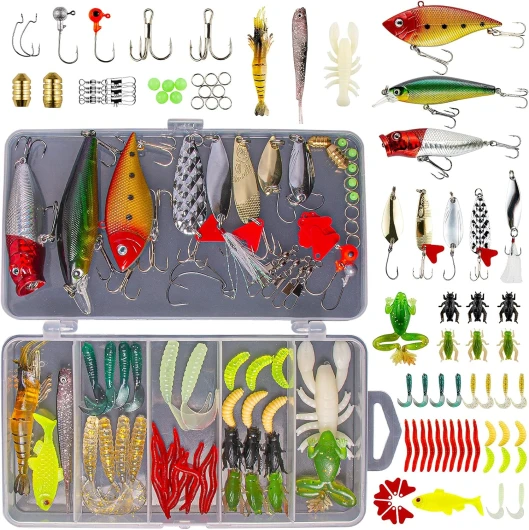
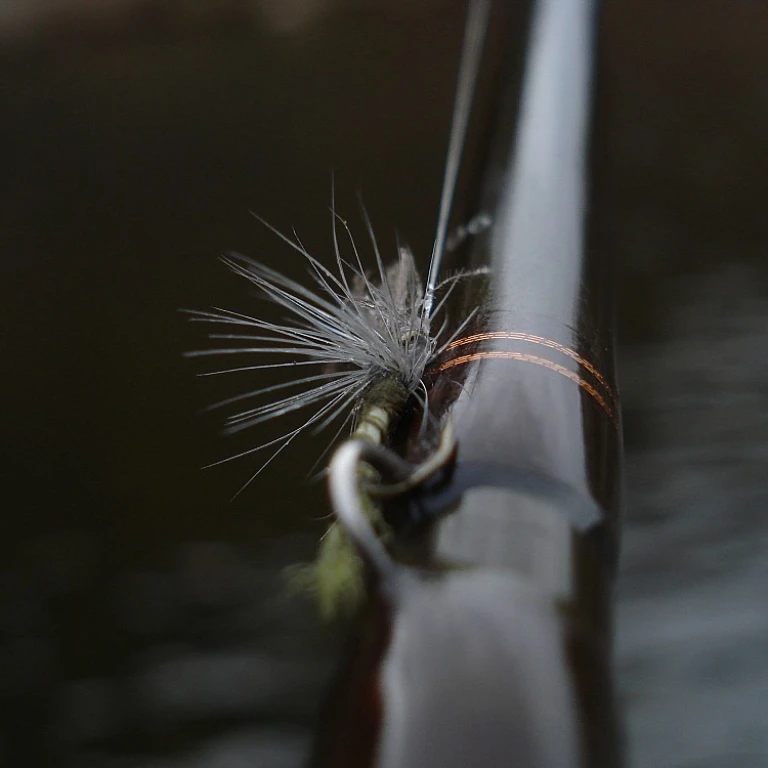
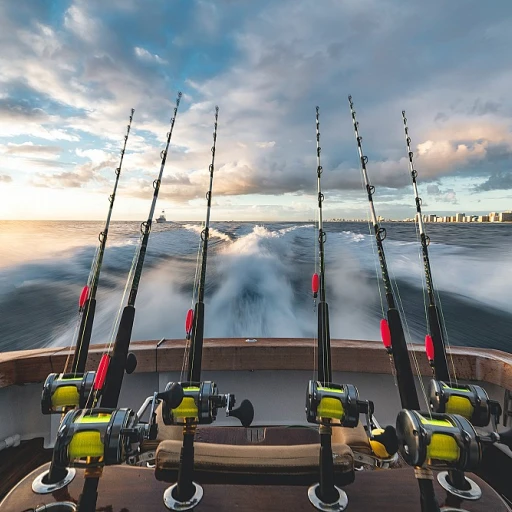

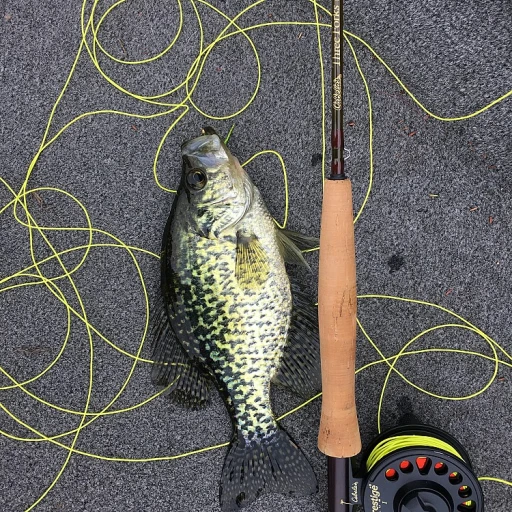



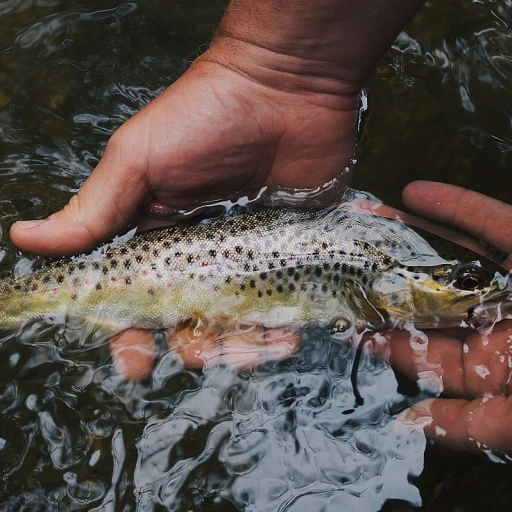
-large-teaser.webp)

